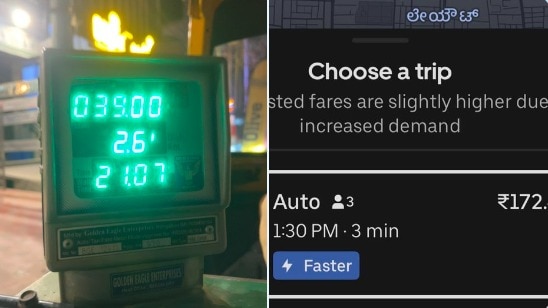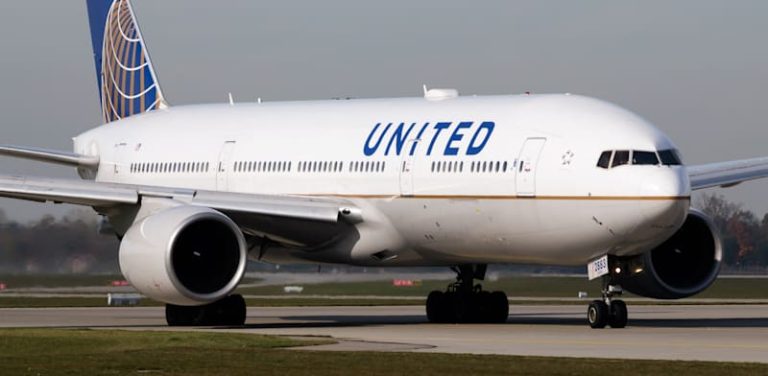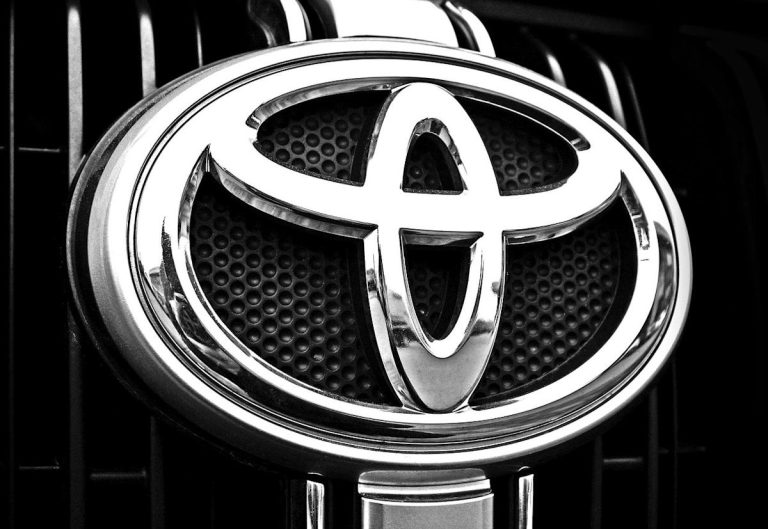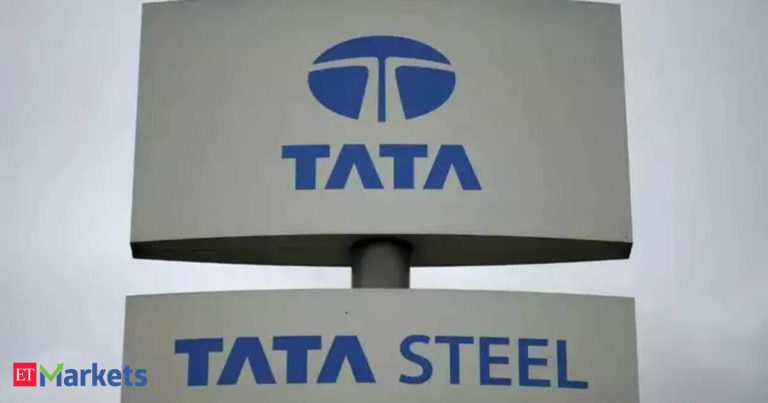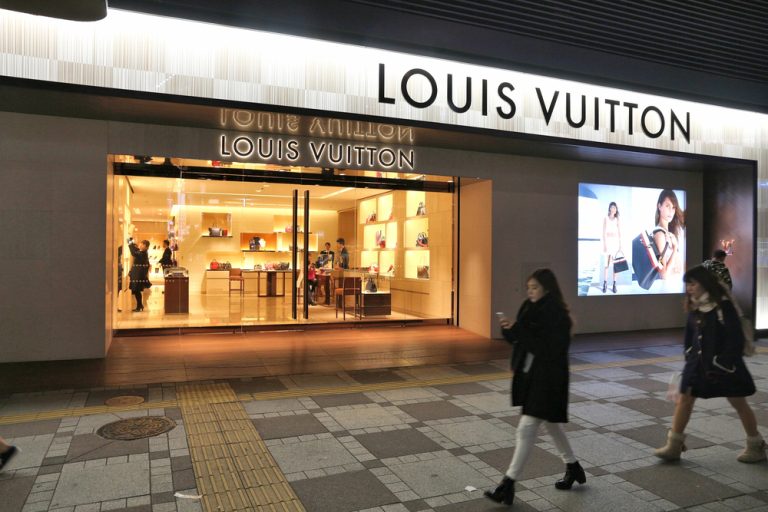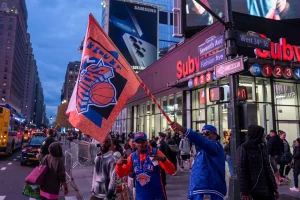A Bengaluru commuter’s social media post comparing traditional auto fares with app-based pricing has sparked a heated debate online, highlighting the growing dissatisfaction with the city’s urban transport system.
Aditi Srivastava, a resident of the city, took to X (formerly Twitter) to share a screenshot of a 2.6 km journey that cost just ₹39 on a local auto meter, but ₹172 when booked via Uber. Her post read, “The price on the meter vs. the price on Uber. If you don’t have your vehicle in Bangalore, you’re screwed.”
The post quickly gained traction, resonating with many users who echoed her frustration. One user commented, “Absolute exploitation by these platforms.” Another pointed out, “Uber prices are based on supply and demand, while meter prices are fixed by the government. It should always be based on supply and demand for fairness, but (3x) the Bangalore government and the auto mafia don’t let that happen fairly either with bike taxi bans and removing non-Kannadiga autos.
Some users reported similar experiences on other platforms. “True…the apps are a scam; in fact, there are no takers for OLA and Uber auto rides…only Rapido and Namma Yatri, and there also the prices are 3 to 4 times higher,” a commuter wrote.
The online outrage also comes against the backdrop of the Karnataka government’s ban on bike taxi services like Ola, Uber, and Rapido. Enforced earlier this year due to regulatory and licensing issues, the ban eliminated what many considered a faster and more affordable commuting option.
With bike taxis out of the picture and auto/cab fares skyrocketing, many feel trapped. “First they ban bike taxis. Now autos and cabs either overcharge or refuse rides. What are we supposed to do?” said another user reacting to the viral post.
The incident has once again spotlighted persistent problems in Bengaluru’s transportation ecosystem: fare manipulation by auto drivers, dynamic pricing by ride-hailing apps, and limited reach of public transit networks.
With ongoing metro expansion still years from full completion and bus services often overcrowded or delayed, many believe the burden of poor infrastructure is falling unfairly on everyday commuters.
